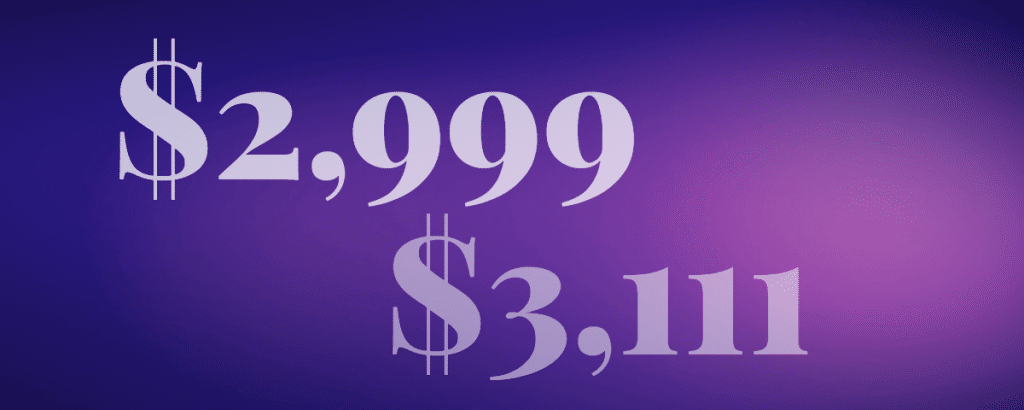
$3,000, $2,999, $2,888.
You might see these prices on inventory-quality domain names in the domain aftermarket. Some people round their pricing to the nearest thousand. Others drop a dollar to make it look less expensive. And BuyDomains popularized pricing ending in 88.
But it’s possible that increasing prices a bit might make domains look less expensive.
That’s according to research published in The Journal of Retailing and Consumer Services.
For their paper, Are 1-endings the new 9-endings? An alternative for generating price discount perceptions, researchers examined the use of 9-endings in pricing and compared them to repeating lower digits. Five experiments demonstrated that consumers are likely to perceive multi-digit prices with 1-endings (e.g., $2111) as being more on a discount than prices with 9-endings (e.g., $1999). They’re also more likely to click on ads with the repeating low digit prices.
In other words, you might have better luck selling a domain priced at $3,111 than $2,999.
Thomas McKinlay explained the ramifications in his newsletter.
The research covers items priced at four figures or more, which is the sweet spot for domains. It did not compare $x,111 to round number pricing like the $3,000 example above, but it strongly suggests that pricing domains with low repeating digits in the last three spots could make them look less expensive than charging a lesser amount ending in 999.
I’m going to try this pricing approach, and it would be interesting for people with larger portfolios to try it and share their results.





